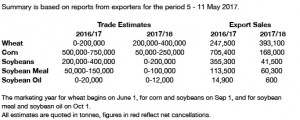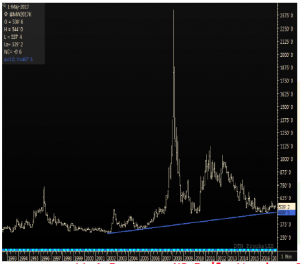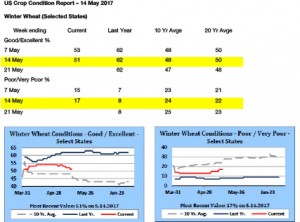- Firmer markets in Chicago’s early trading were not sustained with an improved C US weather forecast pressuring prices lower. Weaker crude oil prices added to macro selling as the bulls decided to bank what profits they had ahead of another extended weekend break.
- Soybeans were the leader lower as Chinese soybean meal demand slowed down, potentially weakening an already pressured (negative) crush margin. Other fundamental news has been limited today. Rangebound and choppy prices are expected into the long weekend break. Heat and dryness is not anticipated to any real degree this summer (as of today’s longer term outlook), and whilst not ideal right now as growers wish to see establishment and early growth pick up, the potential damage that heat and dryness can inflict in full summer would seem to be longer term yield/output positive.




